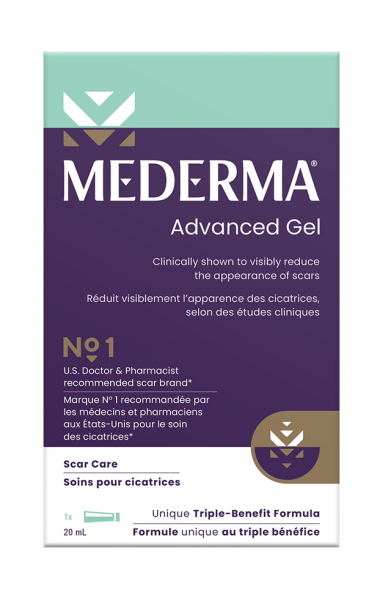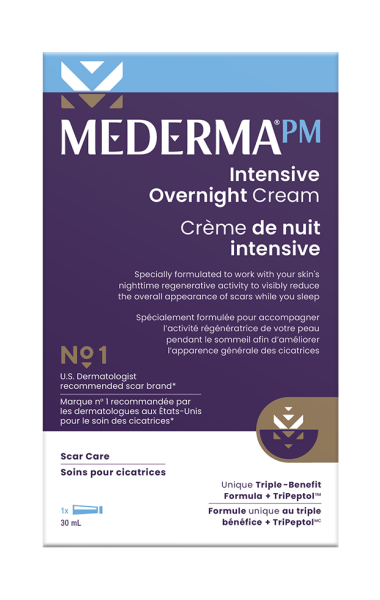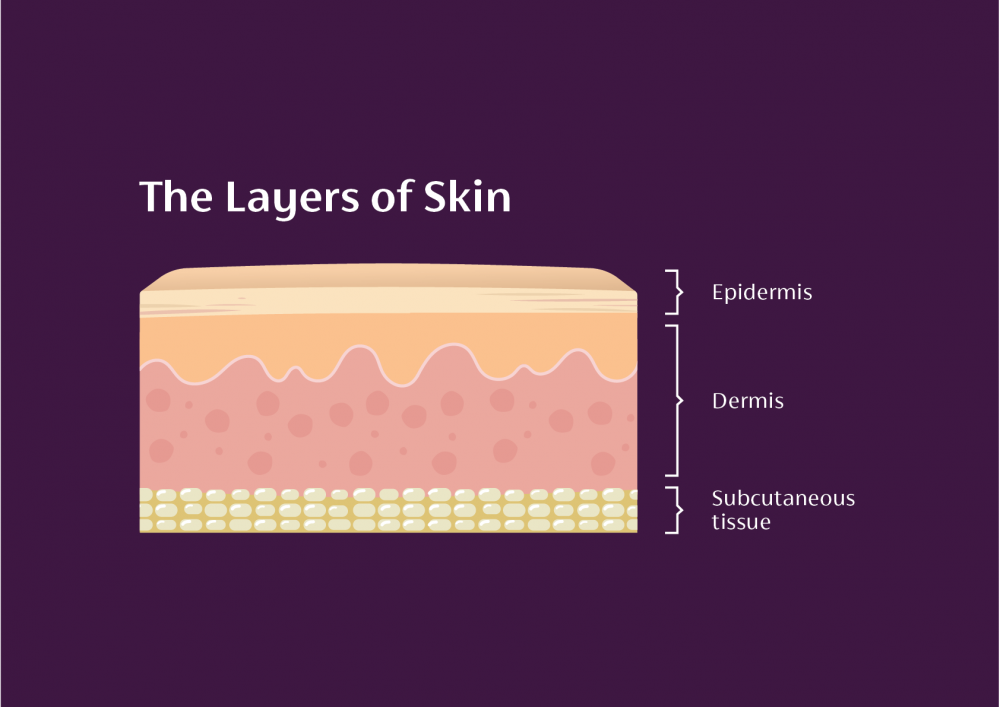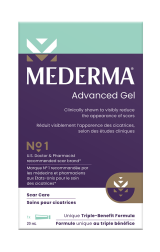What are the types of scars?
There are 5 different types of scars that can develop on your skin: normal, keloid, hypertrophic, atrophic and contracture scars. They all differ in their size, shape and the kinds of areas they affect.
Normal scars
Normal scars occur when your wound heals under normal circumstances. They are flat, pale and will gradually fade over time.

Keloid scars
Keloid scars are raised and larger than usual due to excessive collagen production on the site of the wound. They may also extend beyond the site of injury. The causes are not fully understood but genetics may be involved, and they are more common in darker skin types[2]. They can be itchy and painful.

Hypertrophic scars
Hypertrophic scars are also caused by an excessive production of collagen. But compared to keloids, hypertrophic scars contain less collagen. They are raised scars, and potentially itchy and painful. Unlike keloids, they stay within the boundaries of the injury.

Atrophic scars
Atrophics are depressed scars and typical consequences of severe acne. They occur when too little collagen is produced and have a sunken appearance, resulting from the loss of supporting tissue [3,4].

Contracture scars
Contracture scars result from hypertrophic scars over joints. They tend to develop because of the immobilisation of the joint during wound healing, and are particularly disabling and painful due to the limited joint mobility [5].












